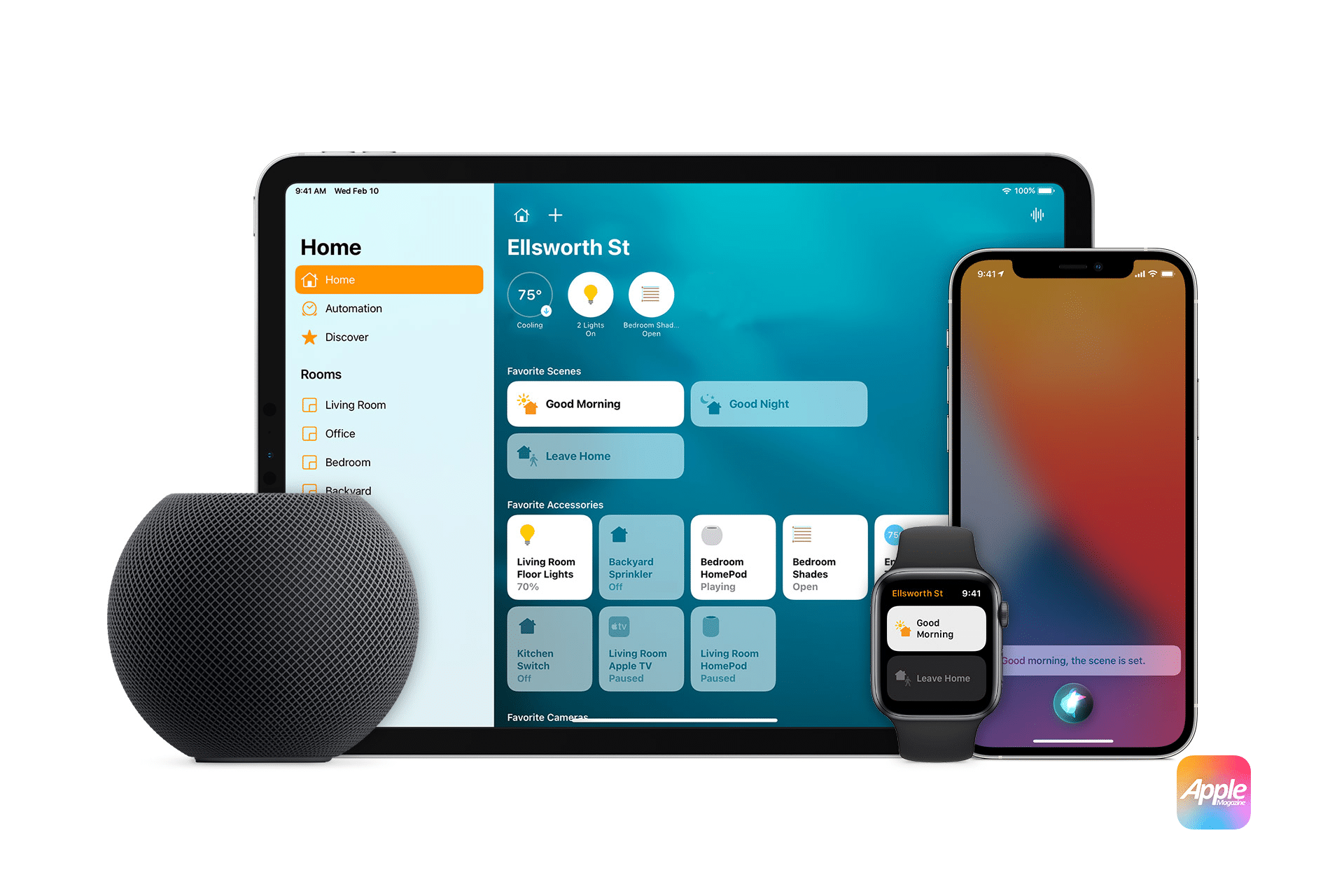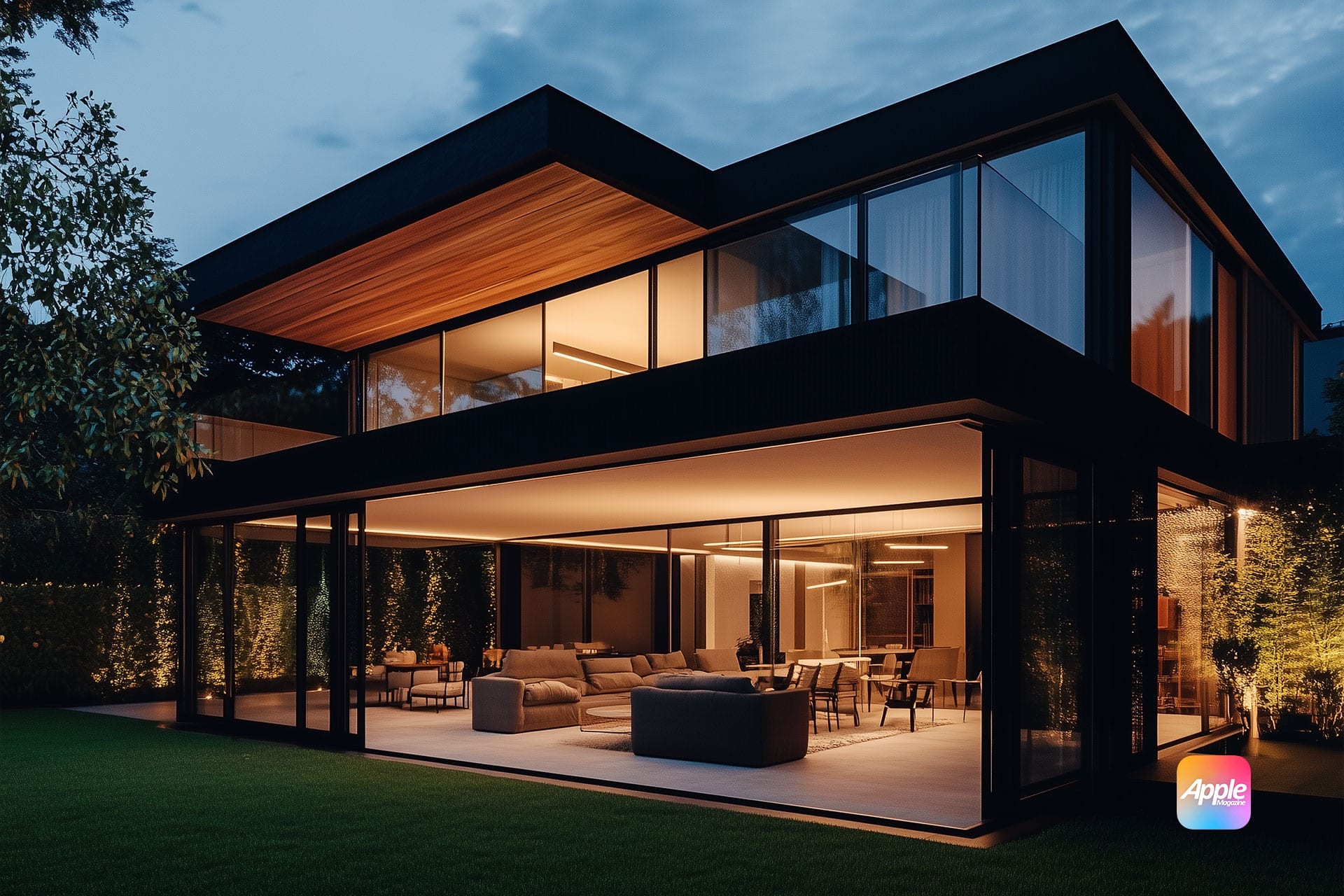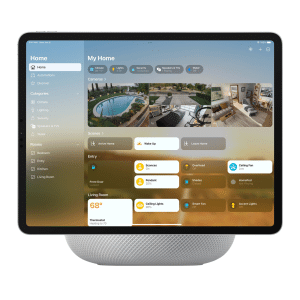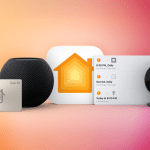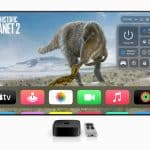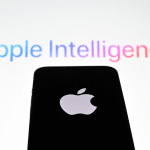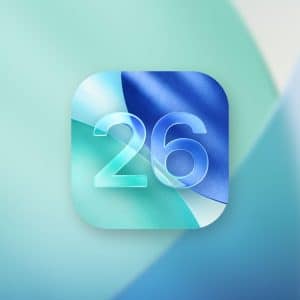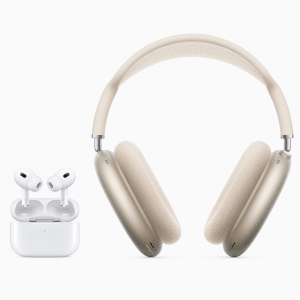This move, outlined in an updated Apple support document, aims to streamline performance and reliability for HomeKit and Matter accessories, but it leaves users with older devices facing potential disruptions. For tech enthusiasts and casual users alike, the change signals Apple’s push toward a more responsive smart home—yet it raises questions about accessibility and cost.
Introduced in March 2023 with iOS 16.4, iPadOS 16.4, and macOS Ventura 13.3, the new HomeKit architecture redefines how Apple’s ecosystem handles smart home tasks. Unlike the original framework, which struggled with latency in complex setups, the updated system offers faster connections, improved reliability, and new features like guest access and robot vacuum integration, according to Apple. Fabs, or specialized software modules within the Home app, process commands locally on a HomePod or Apple TV, reducing reliance on cloud servers. This local processing cuts response times, making automations—like lights dimming at sunset—feel instantaneous, The Verge explained.
For users, the upgrade is straightforward but not without hurdles. Navigating to the Home app’s Software Update section triggers the transition, provided devices run iOS 16.4 or later. However, older systems, such as iOS 15 or earlier macOS versions, lose compatibility, locking out devices like iPhone 6s or legacy iPod Touches. Posts on X reflect user frustration, with some noting that kids’ iPod Touches, often used as HomePod controllers, will cease functioning as smart home hubs. Apple’s support document advises upgrading hardware, but for families relying on older devices, this could mean unexpected costs.
Why It Matters to Users
The shift to the new architecture delivers tangible benefits, particularly for enthusiasts managing intricate smart home setups. Homes with dozens of accessories—think smart locks, cameras, and sensors—benefit from reduced latency and fewer dropped connections, TechCrunch reported. The addition of Matter, a universal smart home standard backed by Apple, Google, and Amazon, ensures broader device compatibility. For example, a Matter-enabled thermostat from a third-party brand now syncs seamlessly with HomeKit, giving users more choices without sacrificing control.
Yet, the transition isn’t seamless for everyone. Users with older devices face a stark choice: upgrade hardware or lose HomeKit functionality. ZDNET highlighted that while iOS 16.4 supports devices as old as the iPhone 8, those clinging to earlier models, like the iPhone 6s, are out of luck. This move aligns with Apple’s pro-innovation ethos, prioritizing cutting-edge performance over backward compatibility. However, it risks alienating casual users who see their functional devices rendered obsolete. On X, one user lamented, “My kid’s iPod Touch controls our HomePod—now what?” The sentiment underscores a broader tension: Apple’s drive for progress versus the practical realities of its diverse user base.
The Bigger Picture: Apple’s Smart Home Strategy
Apple’s decision reflects a broader strategy to solidify HomeKit as a leader in the smart home market, projected to reach $243 billion by 2030, according to Bloomberg. By phasing out the legacy architecture, Apple ensures its platform can compete with rivals like Amazon’s Alexa and Google Home, which have leaned on cloud-based systems but lag in local processing. The new HomeKit’s reliance on local hubs like HomePod or Apple TV gives it an edge in privacy, a cornerstone of Apple’s brand. Unlike cloud-heavy competitors, HomeKit processes sensitive data—like security camera feeds—on-device, reducing exposure to hacks, Reuters noted.
The inclusion of Matter support further strengthens Apple’s position. Launched in 2022, Matter unifies smart home protocols, allowing devices from different brands to work together. Apple’s early adoption, coupled with HomeKit’s new architecture, positions it to capture users frustrated by fragmented ecosystems. For instance, a Matter-compatible robot vacuum can now join a HomeKit setup, enabling automations like vacuuming when you leave home. This flexibility appeals to tech enthusiasts eager to mix and match devices without proprietary lock-in.
However, the transition highlights challenges in Apple’s ecosystem. The company’s walled-garden approach—tight control over hardware and software—drives innovation but can strand users with older gear. Bloomberg reported that Apple’s ecosystem lock-in generates loyalty but also criticism when updates render devices obsolete. The HomeKit shift exemplifies this: while the new architecture unlocks advanced features, it forces users to stay current with Apple’s hardware cycle. For some, this feels like a tax on loyalty, especially when replacement devices like a new iPhone or HomePod carry premium price tags.
Challenges and Solutions
The upgrade process, while user-friendly, isn’t foolproof. Apple’s support document warns that homes with multiple hubs (e.g., several HomePods or Apple TVs) may encounter setup issues if not all devices are updated. A staggered upgrade could disrupt automations, leaving lights or locks unresponsive. To mitigate this, Apple recommends updating all hubs simultaneously and ensuring a stable Wi-Fi connection. For users with complex setups, this requires planning—potentially hours of troubleshooting, as noted in X discussions.
Skilled labor, or rather the lack of user familiarity, poses another hurdle. Unlike professional IT systems, HomeKit targets consumers, many of whom lack technical expertise. Apple’s Home app simplifies setup, but terms like “architecture upgrade” or “Matter compatibility” can intimidate casual users. To address this, Apple has expanded its support resources, including step-by-step guides and live chat, TechCrunch reported. Still, users on X suggest Apple could do more, like offering discounts on new HomePods to ease the transition for legacy device owners.
A Step Toward the Future
Apple’s move to retire the old HomeKit architecture is a calculated step toward a more robust, future-proof smart home. For enthusiasts, the benefits—faster responses, broader compatibility, and enhanced privacy—are undeniable. The new architecture supports Apple’s vision of a seamless ecosystem where devices work intuitively, whether you’re adjusting a thermostat or scheduling a vacuum. By embracing Matter and local processing, Apple positions HomeKit as a versatile, secure platform in a crowded market.
For casual users, however, the transition may feel like a nudge—or a shove—to upgrade. The cost of new hardware, combined with the learning curve of a revamped Home app, could dampen enthusiasm. Apple’s challenge is balancing its pro-innovation drive with inclusivity, ensuring the smart home remains accessible to all users, not just those with the latest gear. As fall 2025 approaches, users must weigh their options: invest in Apple’s future or risk being left behind.
This shift underscores a universal truth in tech: progress comes with trade-offs. For now, HomeKit users should check their device compatibility and plan upgrades to stay connected. Whether you’re a tech enthusiast or a casual user, one thing is clear: Apple’s smart home is evolving, and it’s up to you to keep pace.

